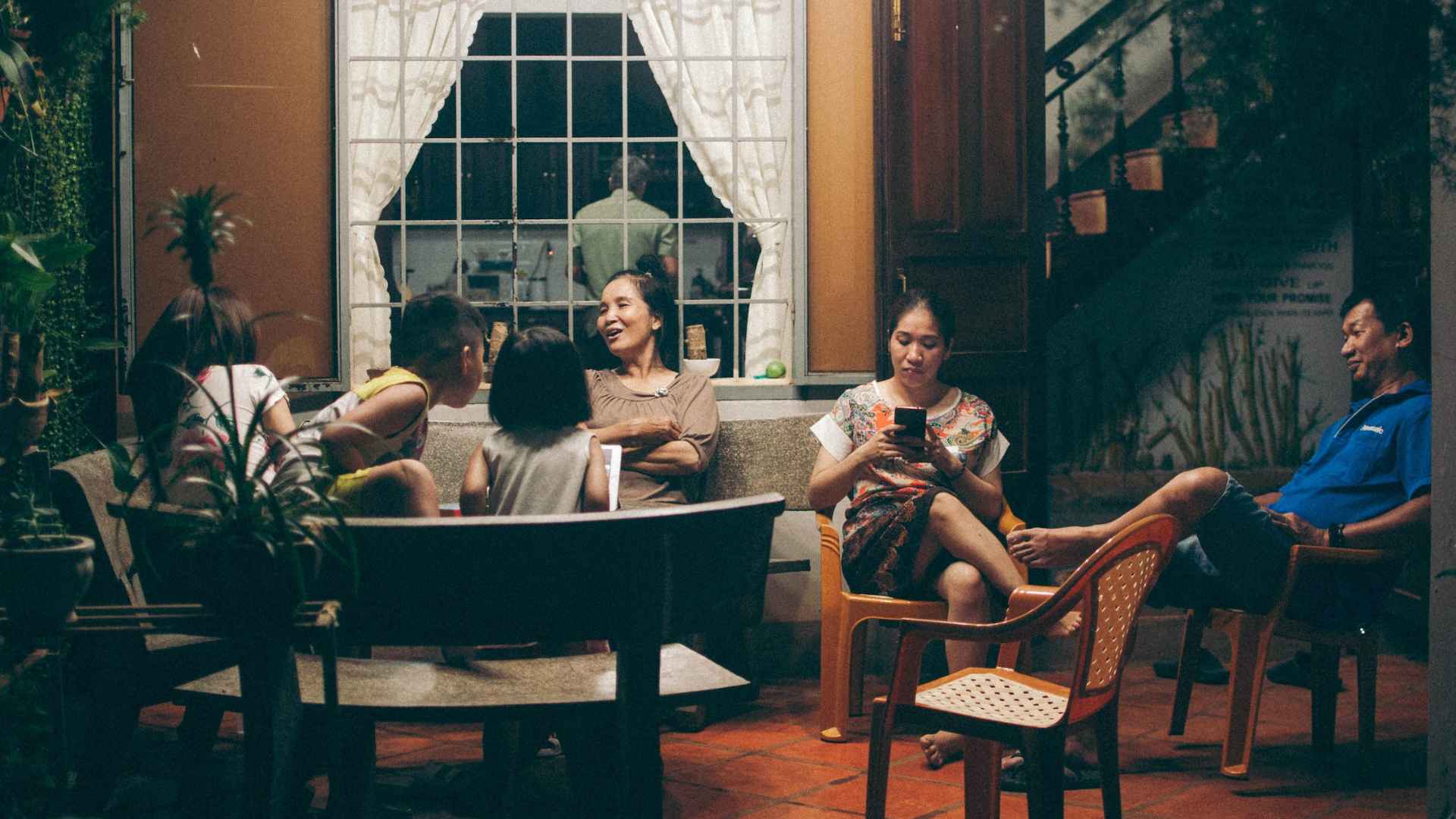House-hunting, when you have special needs, can be a challenge, but not an insurmountable one. You do, in fact, have to contend with fewer options when it comes to accessibility-ready homes, but you can also broaden your search by making compromises here and there and being open to having the accessibility modifications you need to do yourself. In many ways, this may even work in your favor, as you could be eligible for home improvement grants.
Indeed, there’s no question that the right accessible home for you is out there somewhere — you just need to look for it and recognize it for what it is. So, whether you’re looking for fully adapted home features or looking to add them yourself or even both, here are some of the areas that you shouldn’t compromise on.
The Bathroom
There’s no question that the bathroom is an integral part of our day-to-day minutiae, so it’s only apt to give it a great deal of our focus when looking for an accessible home. This is because there is a lot of shifting and moving in the bathroom, which can be quite challenging for those who have mobility issues if there’s a lack of assistive fixtures. Moreover, the use of water also makes this an area that’s prone to slips and falls, which just won’t do.
It is for these reasons that the American with Disabilities Act (ADA) has put in place standards on what makes for a good accessible bathroom layout. Fundamentally, this will involve the presence of grab bars near the toilet, by the tub and shower, and close to the sink. Furthermore, great pains must be taken to make the floor a non-slip one, while curbs are highly discouraged to help eliminate potential fall hazards. It’s also ideal to raise the toilet to a recommended height and install a foldable shower seat.
The Kitchen
Not too far behind in terms of functionality is, of course, the kitchen. If you’re wheelchair-bound or have other types of disabilities, a standard kitchen will inevitably be a difficult place for you to navigate, let alone actually prepare food in. Again, the ADA has put forth requirements on what makes a kitchen a fully accessible one.
In a nutshell, an accessible kitchen will have countertops (and other work surfaces like the sink and cooktop) that are considerably lower for easy access to those who spend their lives on wheelchairs. Moreover, there must be adequate leg space beneath them for the same reason. Even fixtures like knobs, faucets, and valves must be ADA-compliant, while there must be plenty of clearance to open appliances and move around in the kitchen.
Flooring
Lastly, don’t forget to consider the house’s flooring. This is extremely important when you use a mobility aid like a wheelchair or walker as some surfaces can be hard to move on, such as carpeting. However, if you encounter a home that has less-than-ideal flooring, don’t write it off, just yet, especially when it has potential, as it’s a simple enough solution to modify it.
Consider adding wood flooring that not only offers ease in moving around but is also a joy to clean and maintain and adds great value to the house. Such a project will cost at least around $2,500, depending on the kind of wood you choose — with engineered and exotic hardwoods costing more than pine and bamboo variants. You will also need to factor in additional labor costs if furniture needs to be removed or if you need the existing flooring repaired. Add these potential costs to the home’s value, and you’ll have a good idea of whether it’s a sound investment.
Suffice it to say, the only way to guarantee that you end up with the accessible home you had in mind is to manage your expectations and really put your heart into the search. After all, this will likely be your forever home, so the attention is duly deserved. Best of luck on the hunt!
Photo via Pexels.com


